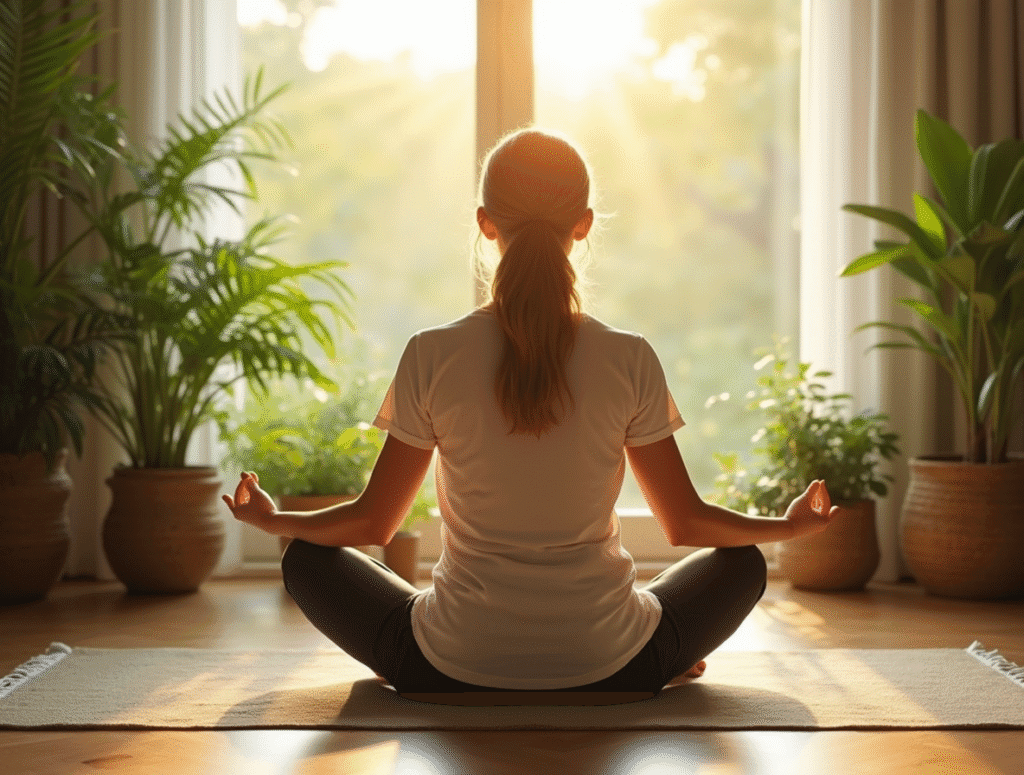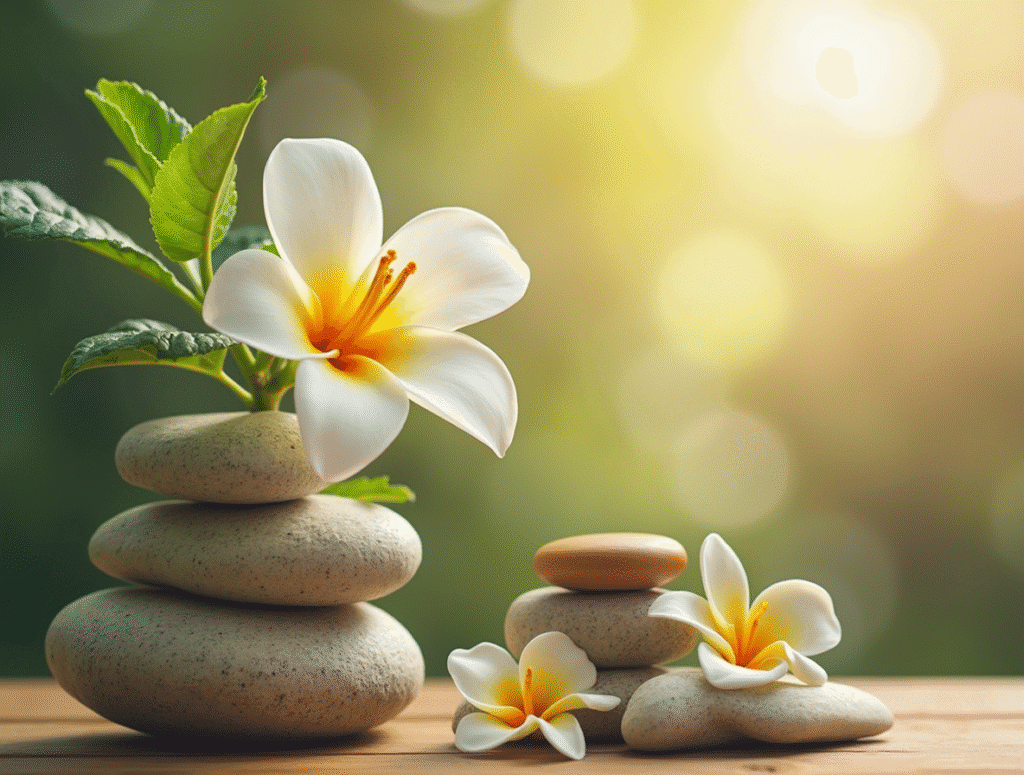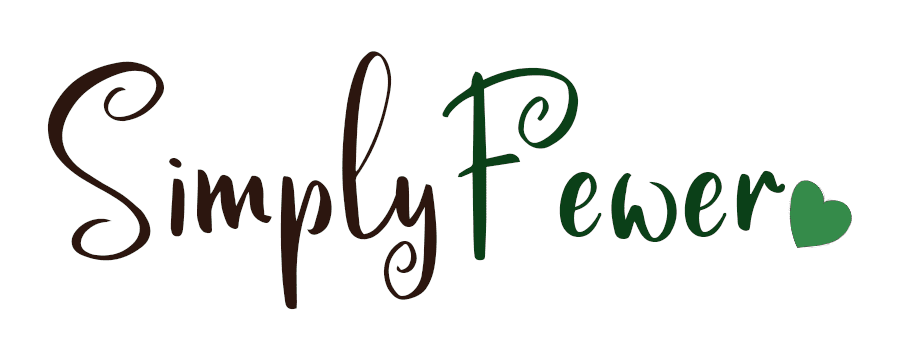Have you ever felt like life is moving too fast and your well-being is constantly playing catch-up? Maybe you’re eating the “right” foods, working out, and even meditating occasionally—but something still feels off. That’s where holistic wellness steps in. It’s not just about one part of you; it’s about your whole self—mind, body, and spirit—working in harmony.
In the holistic guide to wellness, we’ll explore what health and wellness truly mean when viewed through a whole-life lens. Whether you’re new to wellness or looking to deepen your routine, we’ll dive into practical steps you can take today to create a more balanced life, backed by science, stories, and strategies that actually work. Ready to feel better from the inside out?
Table of Contents
What Does Holistic Wellness Really Mean?
When we say “holistic wellness,” we’re not just talking about eating kale or doing yoga (though those can help!). We’re talking about a lifestyle that takes your mental, physical, emotional, and spiritual health into account.
Think of your wellness like a mobile hanging from the ceiling—each string represents a part of your life. When one piece is out of balance, the whole mobile wobbles. The goal of holistic wellness is to steady the whole system.
Core dimensions of holistic health include:
- Physical wellness (nutrition, exercise, sleep)
- Mental wellness (clarity, focus, stress management)
- Emotional wellness (self-awareness, resilience)
- Spiritual wellness (purpose, connection, inner peace)
- Social wellness (relationships, communication)
- Environmental wellness (your surroundings and their impact)
This isn’t a trend—it’s a lifestyle shift. It’s about living in alignment with what really nourishes you, not just checking health boxes.
The Role of Nutrition in Total Wellness
You’ve probably heard the phrase “you are what you eat,” right? It turns out, there’s a lot of truth in that simple statement.
Holistic nutrition goes beyond calories and macros. It asks questions like:
Is your food energizing you—or draining you? Is it aligned with your body’s unique needs?
Instead of fad diets, a holistic nutrition approach encourages:
- Whole foods: fresh fruits, vegetables, whole grains, healthy fats, and lean proteins
- Anti-inflammatory ingredients: turmeric, ginger, berries, and leafy greens
- Mindful eating: slowing down, chewing thoroughly, and recognizing fullness
- Listening to your body: not everyone thrives on the same diet
Case in point: Sarah, a busy mom of three, always felt sluggish after lunch. Turns out, her “healthy” wrap was packed with preservatives. After switching to whole, fresh ingredients, she reported more energy and fewer afternoon crashes.
Want better health and wellness? Start with what’s on your plate.
Movement That Feels Good, Not Just “Works”
We often treat exercise like a punishment for eating or a chore to check off. But what if we looked at it differently?
Holistic movement means choosing activities that support your physical and emotional well-being. That could be:
- A peaceful walk in nature
- A dance session in your living room
- Gentle yoga or stretching
- High-energy cardio if that’s your thing

The key is consistency and joy, not just intensity.
A good metaphor? Think of your body like a car—it needs regular movement to keep all the parts running smoothly. But it also needs rest, refueling, and care—not just speed.
Experts like Dr. Kelly McGonigal, author of The Joy of Movement, argue that joyful movement boosts mood, reduces stress, and increases longevity. So yes, movement really is medicine—especially when it makes you smile.
Mental Clarity Starts with Mindfulness
Modern life is loud. Notifications, deadlines, never-ending to-do lists—it’s enough to make anyone’s brain feel fried.
That’s why mental wellness is a key part of the holistic approach. It’s not just about avoiding burnout—it’s about creating mental space so you can think clearly, feel present, and enjoy your life.
Simple practices to try:
- Mindful breathing: Just 3 deep breaths can calm your nervous system
- Daily journaling: Clear out the mental clutter and spot patterns
- Digital detox: Even 30 minutes off your phone can refresh your brain
An analogy: Your brain is like a garden. If you’re constantly dumping in noise and stress, there’s no room for flowers to grow. But with space and care? It blooms.

Real-life tip: Many therapists recommend the 5-4-3-2-1 grounding technique to combat anxiety and bring your mind back to the present. It’s fast, free, and effective.
Emotional Wellness: Feel It to Heal It
We’re often taught to suppress emotions, especially the uncomfortable ones. But emotional wellness doesn’t mean always being happy—it means honoring and processing what you feel.
Holistic emotional health includes:
- Naming your emotions without judgment
- Practicing self-compassion
- Creating healthy boundaries
- Seeking support when needed (therapy, trusted friends, or support groups)
Emotions are like waves—if you try to block them, they’ll crash harder. But if you ride them out with awareness, they pass and leave you stronger.
Anecdote: Jake, a teacher, used to ignore his stress until it turned into chronic headaches. Once he started acknowledging his feelings and journaling daily, the headaches subsided—and he felt more in control.
Emotional wellness doesn’t eliminate life’s challenges. But it equips you to face them with resilience and grace.
Spiritual Wellness: Connecting with Something Deeper
Spirituality isn’t one-size-fits-all. For some, it’s prayer or religious practice. For others, it’s nature, music, or simply moments of quiet reflection.
At its core, spiritual wellness is about meaning, purpose, and connection. It gives you an inner compass to navigate life.
Ways to explore this dimension:
- Daily gratitude practice
- Spending time in nature
- Meditation or prayer
- Reading philosophical or spiritual texts
- Acts of service and kindness
Quote from Brene Brown: “Spirituality is recognizing and celebrating that we are all inextricably connected.”
When you feel rooted in something greater than yourself—whether it’s love, nature, or faith—you feel stronger, calmer, and more whole.
Creating a Supportive Environment
You could be doing everything right for your wellness—but if your environment is toxic, cluttered, or chaotic, you’ll still feel off.
Environmental wellness involves creating spaces that support your well-being—physically and energetically.
Key tips:
- Declutter regularly (your space affects your mind)
- Bring in natural light and plants
- Minimize noise and visual distractions
- Use essential oils or calming scents
- Create a corner just for relaxation or creativity
Think of your home like a charging station—it should refill your energy, not drain it.
Study highlight: Research shows that spending time in a clean, organized space reduces cortisol levels and improves mood. Your surroundings matter.
Social Wellness: Your Circle Shapes You
Humans are wired for connection. Even the most introverted among us need meaningful relationships to thrive.
Social wellness isn’t about being popular or having tons of friends—it’s about cultivating quality connections that uplift you.
Ask yourself:
- Who do you feel safe and authentic around?
- Are your relationships reciprocal and respectful?
- Do you have support systems you can count on?
Tips to build healthier connections:
- Schedule regular meet-ups or calls
- Practice active listening
- Express appreciation often
- Set boundaries when needed
Strong social ties have been linked to longer life spans, reduced depression, and even better immune function. Your tribe matters—choose wisely.
Conclusion: A Balanced Life Is a Well Life
Wellness isn’t about perfection. It’s about progress, presence, and alignment. When you begin to care for your whole self—mind, body, heart, and soul—you don’t just survive… you thrive.
We’ve walked through the pillars of health and wellness from a holistic perspective: nutrition, movement, mental clarity, emotional resilience, spiritual grounding, and supportive surroundings. Each piece is powerful on its own—but together? They’re life-changing.
Start small. Choose one area to focus on this week. With consistency and compassion, you’ll create a life that truly feels good to live.
Frequently Asked Questions
What is holistic health and wellness?
Holistic health and wellness is an approach that considers your entire well-being—including physical, mental, emotional, spiritual, and social health. It aims to create balance in all aspects of life.
Can I practice holistic wellness without being spiritual?
Absolutely. Spiritual wellness is just one dimension and can be defined however it suits you—whether that’s through nature, mindfulness, or personal growth.
Is holistic wellness backed by science?
Yes! Many holistic practices like mindfulness, anti-inflammatory nutrition, and exercise have strong scientific support for improving mental and physical health.
Do I need to change everything at once to be “well”?
Not at all. Holistic wellness is a journey. Even small, consistent changes can create big shifts over time. Choose what feels sustainable.
How do I know which wellness area to focus on first?
Start with the area that feels most out of sync or causes the most stress. Often, improving one dimension naturally lifts the others.

